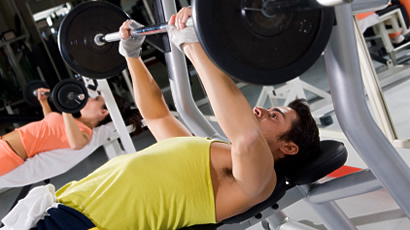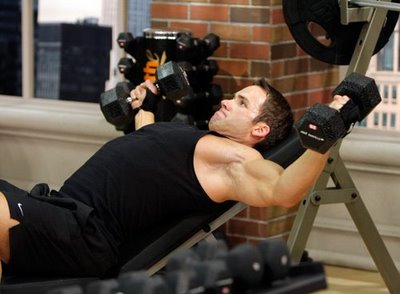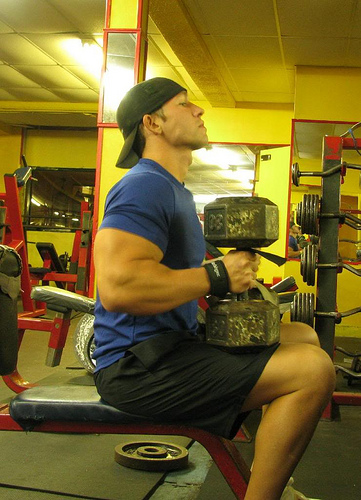 In an effort to lose weight, people tend to emphasize cardiovascular exercise over strength training. You’ll see this all the time at the gym; well-intentioned individuals will spend upward of 45 minutes or an hour jogging on the treadmill.
In an effort to lose weight, people tend to emphasize cardiovascular exercise over strength training. You’ll see this all the time at the gym; well-intentioned individuals will spend upward of 45 minutes or an hour jogging on the treadmill.
Can you blame them? It seems logical, right? If you run longer, you burn more calories. And if you burn more calories, you increase your calorie deficit and shed excess fat.
The problem is, things are a bit more complicated than that. By skipping strength training, excessive cardio tends to shed both fat and muscle. Losing hard-earned muscle isn’t a good thing. In addition, excessive cardio can boost levels of a stress hormone called cortisol; a side effect of cortisol is increased fat in the midsection.
Today, I came across a great study by Harvard School of Public Health that examined 10,500 healthy men, aged 40 and over during a 12-year period. Rather than just measuring body weight (which can be misleading), researchers measured waistlines and compared them to participants’ activity levels and exercise type.
According to the data, healthy men who did 20 minutes of strength training per day had a smaller increase in age-related abdominal fat when compared to men who spent the same time doing cardiovascular activities (like jogging on the treadmill). For optimal results, researchers recommend a combination of strength training and cardiovascular activities.
If losing belly fat and decreasing your waist size is one of your fitness goals, take this research to heart and ditch those endless treadmill workouts. Instead, spend 15 or 20 minutes with a high intensity interval training cardio session and then head to the weight room.

















